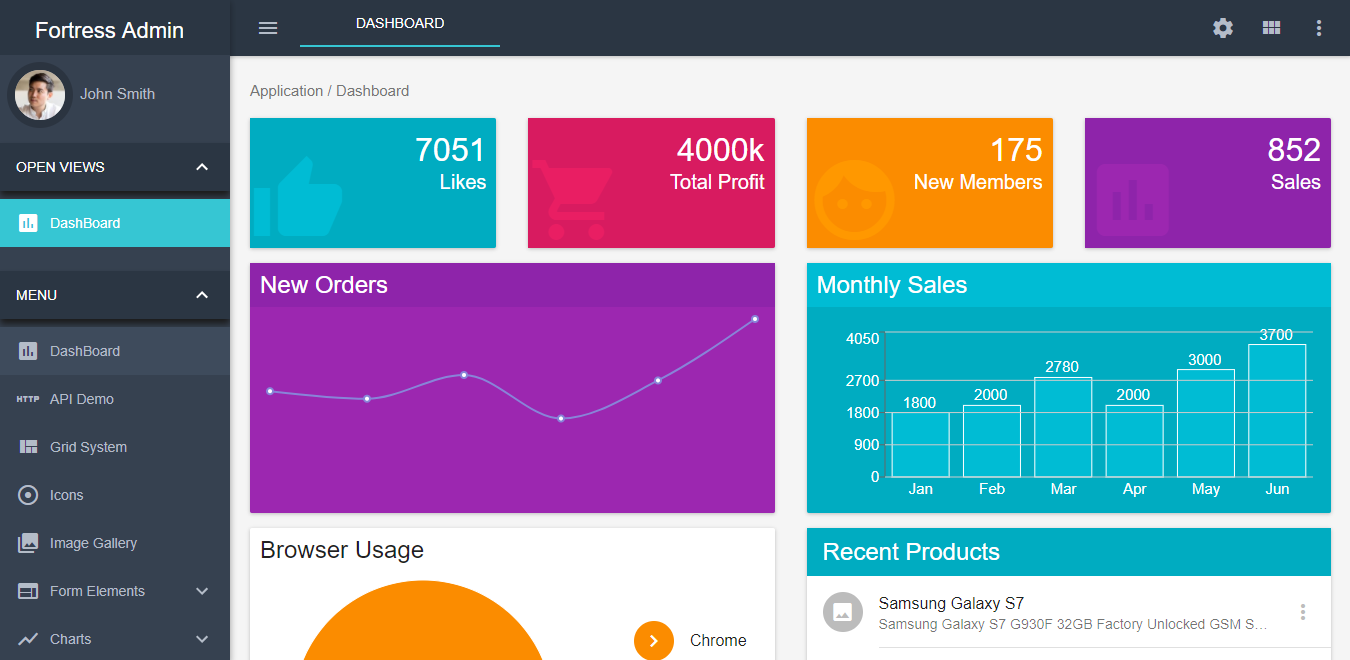

It is called as useDebugValue to display a label for custom hooks. There is one more hook which can used in debug and with third party libraries such as Redux. So it should be used in very specific usecases and standard useEffect is preferred in common usecases. It called as useLayoutEffect.Īs the execution of useLayoutEffect happens synchronously it can block visual update for some time before call completes. There is another hook similar to useEffect but that works in synchronous way. The code execution in useEffe ct happens asynchronously. This component will display a heading (name of the recipe), an image, list of the ingredients (ordered list) and a paragraph. UseEffect will trigger only if the specified second argument is changed. A practical example of Functional Component in React Let’s create another functional component for practice for a salad recipe. Giving correct second argument we can optimize the performance of useEffect. If we use multiple useEffect, then they will execute with the same order as per declaration. const data, setData eState() Next, we have the data state. After the API returns the data, we will use this function to toggle the value for isLoading. In conjunction with Hooks, you can write whole applications with functions as React Components, making React Function Components the standard for writing High Performance React Applications. Review our article on Hooks to see how state can be added to functional components. The setIsLoading function is used to toggle this state variable. All of our Function Components are stateless. These lifecycles are componentDidUpdate, componentDidMount, componentWillUnmount.Īdding return statement is optional in useEffect that means clean up work is optional and depends upon the use cases. This state is used to keep a track of whether the data is still loading or it has already been loaded.

With above code example, we are sure that we combined three lifecycles in one function useEffect. To use it, we will need to import it from react − import React,, 2000) Ĭonsole.log(‘cleanup similar to componentWillUnmount’) So far we know we can add lifecycle methods in stateful component only. Hooks are useful as they brought the power of the state and lifecycle methods into functional components. The React hook useEffect helps in adding componentDidUpdate and componentDidMount combined lifecycle in React’s functional component. Hooks in functional components- The motivation behind the introduction of React Hooks in functional components was to solve the problems encountered over five years of writing and maintaining tens of thousands of components.


 0 kommentar(er)
0 kommentar(er)
